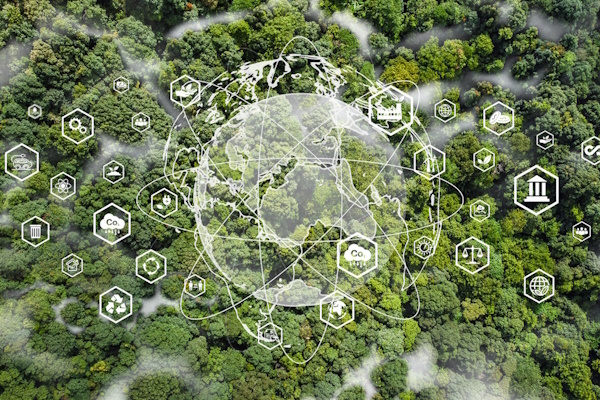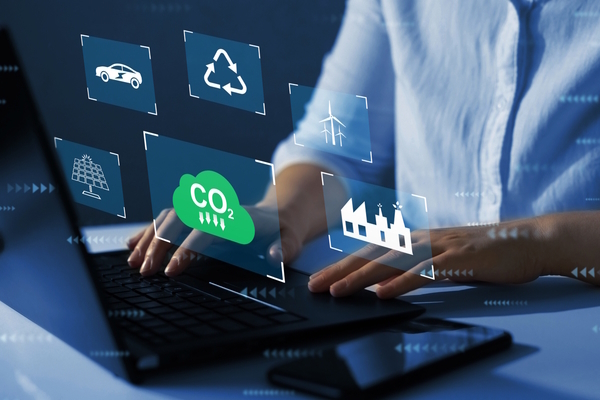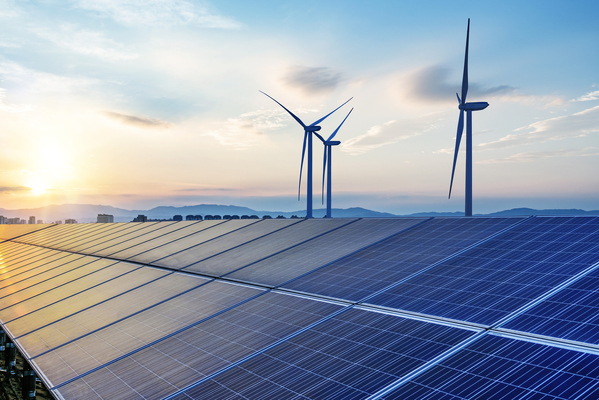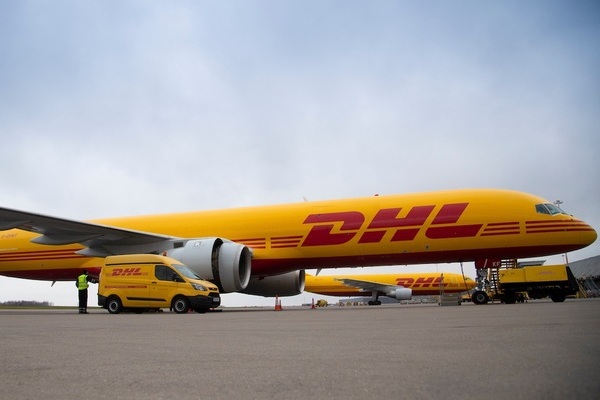A new chapter in the plastic versus paper race-July 2020
Scorecards to help manufacturers make responsible decisions could be the next big thing to hit packaging. The packaging industry hasn’t maintained a great image during the pandemic, with images of streets littered with plastic gloves and masks in the headlines. But the paper and fibre industry has been busy behind the scenes: the first paper-based spirits bottle was announced, to be launched in 2021, as well as a recyclable, home-compostable food tray made of natural wood fibres, that won the bio-based Material of the Year 2020 Award. There’s also news of 100 per cent recyclable thermo boxes that could replace polystyrene containers of frozen food. If these and similar technological advancements prove economically viable and scalable, it could put a plus in the column for paper against plastic in terms of utility in the long run. But, as advocates of plastic like to remind us, there is so much more to paper packaging’s ecological footprint than recyclability. Deforestation, to mention the most obvious one, is the major bane of the paper, pulp and forestry industry. According to estimates, 18 per cent of global annual carbon emissions can be traced back to it. There are, of course, well-established global certification schemes such as those of the Forest Stewardship Council (FSC) and the Programme for the Endorsement of Forest Certification (PEFC). Certificates from these organisations guarantee that the raw materials of paper and packaging products come from sustainably managed forests, and these certifiers also run chain-of-custody schemes providing manufacturers with a verified, documented journey of their raw materials. Ensuring the authenticity of these certifications can be challenging, though, so there have been a couple of initiatives to use cutting-edge digital technology such as blockchain, geographic information systems (GIS) and satellite systems to make them more robust. (Check out, for example, PEFC’s Wood-chain Project or Global Forest Watch Pro.) The weak links of the paper, pulp and forestry industry are tropical countries and China, where more than half of tropical logs are imported to – a considerable amount of which is estimated to be illegally harvested. The picture is much more promising in Europe. Here, paper mills source 90 per cent of their wood fibre from European forests, and more than two-thirds of forest area is certified to FSC and PEFC standards. Several European countries, especially Scandinavian ones and Germany, both have abundant sustainably managed forests, and a flair for environmental thinking, and they tend to be at the forefront of efforts to decrease the ecological footprint of the paper packaging industry. As far as the carbon emission score is concerned, although paper mills are energy-intensive, they are also the biggest industrial users of carbon-neutral biomass energy, as Jurgita Girzadiene, Sustainability Manager of leading European corrugated packaging company Smurfit Kappa, tells Packaging Europe in this article. Other aspects of measuring the sustainability of paper packaging include chemical and water usage, and fuel efficiency during transportation. Meanwhile, health and safety standards and labour rights, central considerations when calculating ecological footprints, are much less of an issue along European value chains. There are some other signs indicating that the paper and pulp industry is gathering momentum. CEPI, the European association representing the paper industry, set up 4evergreen last November to engage and connect industry members from across the fibre-based packaging value chain including brand owners, retailers, waste sorters and collectors. Big brands such as Nestlé, Danone, Mars, Stora Enso and BillerudKorsnäs have already joined. Moreover, the European Paper Packaging Alliance, whose co-founders Huhtamaki and SEDA International are also 4evergreen members, was established in February with a view to engaging European governments in evidence-based policy making. For these initiatives to gain leverage, however, more work needs to be done. As Girzadiene explains in the interview, we can now make nuanced comparisons between paper and plastic packaging products with the same functionality. Including weight and the probability of end-of-life outcomes (recycling, incineration or entering the environment) among the metrics in addition to recyclable content and carbon footprints has been a major step towards getting a more detailed picture of the ecological value of different types of packaging. But some more thinking and fine-tuning needs to be done to provide manufacturers with comprehensive scorecards that they can use, to decide whether, in the case of a particular product, a paper- or plastic-based packaging solution will put less overall strain on the environment. Watch this space.

Business Reporter Team
Most Viewed
Winston House, 3rd Floor, Units 306-309, 2-4 Dollis Park, London, N3 1HF
23-29 Hendon Lane, London, N3 1RT
020 8349 4363
© 2025, Lyonsdown Limited. Business Reporter® is a registered trademark of Lyonsdown Ltd. VAT registration number: 830519543





